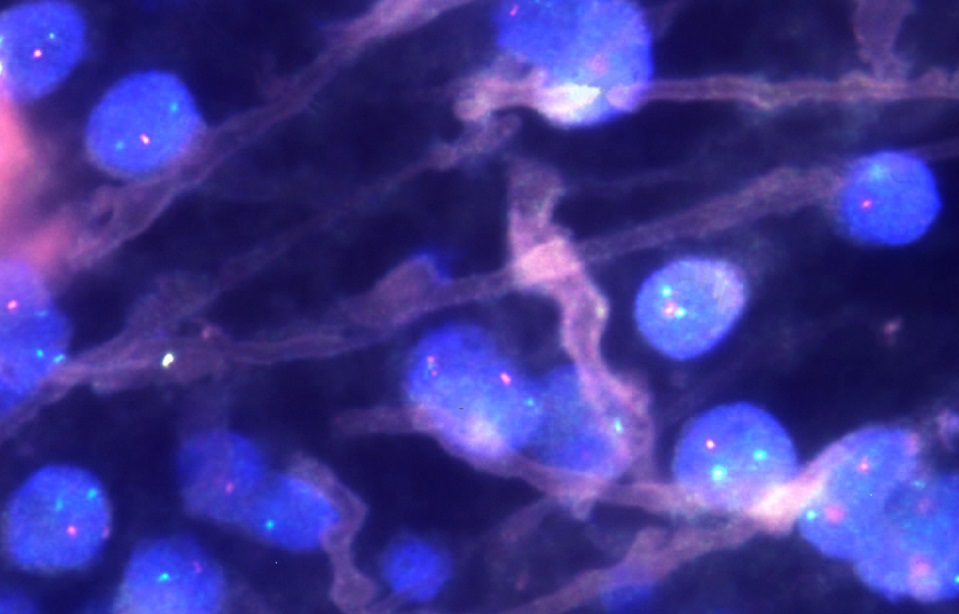
Brain UK study ref: 17/005,
Lay summary,
Project status: Active
Characterization and analysis of the brain tumour perivascular niche
Dr Georgia Mavria, University of Leeds
Glioblastoma remains one of the deadliest cancers regardless of the current standard therapy, which is surgery to remove the tumour commonly combined with radiotherapy and chemotherapy. Unfortunately, remaining cancer cells escape treatment and the tumour regrows making the disease highly resistant to treatment. The formation of blood vessels is crucial for cancer growth, and at the same time the blood vessels also provide an environment that protects the cancer cells that resist standard therapies.
Several abnormalities have been described in the blood vessels of glioblastoma compared to blood vessels in the healthy body, these are thought to contribute to the protection of the cancer cells. However, how abundant these abnormalities are unknown and little is known about how such abnormal blood vessels arise at the cellular and molecular level.
In this study, we are going to characterize paired early and recurrent glioblastoma patient samples for different blood vessel structures. Our preliminary studies using a small number of patient samples show that there are marked differences between primary tumours, and more aggressive tumours that reappeared after treatment (recurrent). We will work to use the characterization of blood vessels as a marker to more precisely determine the stage of disease and ultimately whether reversing blood vessel abnormality can work as a strategy for the development of new treatments.
